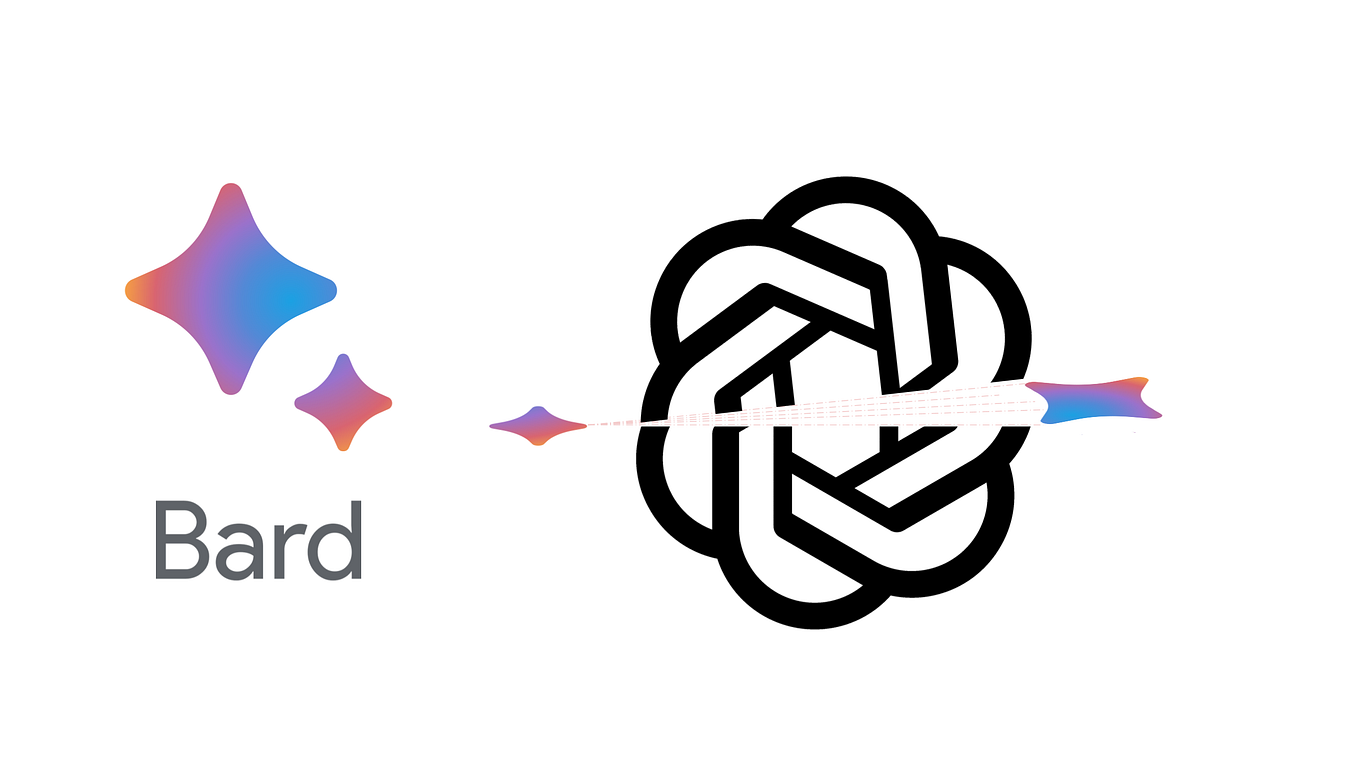What Constitutes a Good School?
The Secrets Behind the Finnish System
I sat at the wooden desk, the chair stuck to the ground, waiting for the teacher’s instructions. I was halfway across the world, so far from my American school where I was about to start my junior year in less than a week. I saw students excited about the mastery of new skills, engaging in spirited debate, and laughing with fellow students. I glanced at the traditional chalkboard scribbled with foreign letters, reminding me that I was in Helsinki, Finland. The school I visited was rated as one of the best in Finland, yet it didn’t feel all that different from my suburban public school in the United States. This experience made me wonder, What constitutes an effective school?
I live in the United States, a country whose students rank “30th best in mathematics and 19th in Science,” lagging behind most industrialized countries, including Finland. The Finnish school system is known for its emphasis on cooperation rather than competition and its famous law that “requires teachers to give students 15 minutes of play for every 45 minutes of instruction.” This “playtime” has proven to be effective, as students are more focused on their assignments and perform better. While Finland is increasing the amount of time students have to play, many American schools are cutting out playtime as early as in kindergarten to allow more time for lessons. It is time for the United States to think about the balance between school work and playtime to bring out the best in all students.
Students at my school strive to impress their teachers, hoping that they will achieve the highest mark by rigidly following the formulaic style of learning expected of them, while doing the least amount of work. “The consequences illustrated in the study published by the American Psychological Association show many students avoid taking any unnecessary risks because the challenge could jeopardize their grades or grade point average.” It is not uncommon for twenty papers to mimic the provided sample so well that one would think the same person had written both the sample and all twenty pieces.
It doesn’t need to be like this, and it is not in many European nations, including Finland. In Finland, teachers are not viewed as authority figures but rather as equals. This close student-teacher bond allows pupils to take risks and venture out of their comfort zone without fearing penalization. Students know that no matter what happens their teacher is an advocate, trying to help them gain real world knowledge, not a superior, judging their every move. A second year student at Alpilla Upper Secondary School, Vilja Mäkinen, told me, “If I see a teacher outside of school we often have long conversations about mutual interests. I look forward to coming to school, knowing that my teachers want me to succeed.” Only when there are strong relationships between students and teachers, with teachers who genuinely care about their students, will students be able to get the best education possible.
“I can’t wait to go to school” is a phrase my little cousin, Hanna, in Finland, has exclaimed dozens of times over Facetime. I am always fascinated by her pure excitement to go to school and her passion for learning. At the ripe age of nine years old, my cousin is more excited to go to school than any child I have met in the United States. She attributes her enthusiasm to the welcoming environment of her school and opportunities to showcase her individuality. The diversity and creativity of teaching styles is essential. According to educational expert Jim McGuire, “Key concepts are presented in ways which enable visual, auditory, and kinesthetic learners to grasp them.” It has been scientifically proven that not all children learn the same way. Different methods of teaching work more effectively for different students. Being actively engaged in the learning process is the most important part to helping kids truly enjoy what they are being taught. In Finland, some schools have different learning options that cover the same material. For example, in a foreign language class a student can learn verb conjugations by reading about them online or can be in a small group with their teacher for more individualized help and a verbal approach.
Teachers and administrators must have achievable standards that push students of all abilities to do their best work. The American school system is trying to move in the right direction. At my school, these standards are represented in a document called The Vision of the Graduate. The school district, teachers, and administrators have standards for communication, collaboration, problem solving, innovation, self-direction, resourcefulness, and many other groupings. These categories form the way our school operates to ensure that young adults are ready for the workforce. While these standards are a good idea, the implementation is a work in progress.
With only grade oriented goals and rigid guidelines, many American schools become so absorbed with test scores that they fail to address the importance of basic life skills. According to author and educator Steve Taylor-Knowles, “There is often a mismatch between what students acquire in the classroom and the demands placed on them outside the classroom.” The future is unforeseeable, the job market changes daily, and technology is in a constant state of evolvement, but the core skills needed for success are unlikely to change.
Finland, on the other hand, has a much more relaxed set of standards that guide teachers in providing the best quality education possible with a more holistic approach. In a 2014 interview, Pasi Sahlberg, a Finnish professor of education policy explained, “These national directives serve as loose standards and strategic guidelines rather than prescribed targets that every teacher must try to accomplish.”
“Whatever it takes” is the mantra that every single one of the 62,000 Finnish teachers is encouraged to follow in and outside of the classroom. “If one method fails, teachers consult with colleagues to try something else. They seem to relish the challenges. According to a 2011 study conducted in Finland, Nearly 30 percent of Finland’s children receive some kind of special help during their first nine years of school.” This one on one, individualized attention is what brings out the best in struggling students and makes sure that all pupils have a solid core foundation of skills. By the end of their first nine years of schooling, all students in Finland are on a path to success. In the United States, A report by the Public Journal of Economics states, “nationwide, about one in 10 children must repeat at least one grade.” If these students were given the same individualized attention with which Finnish students are provided, students would not have to keep repeating grades to learn the same material. Extra help is often viewed as taboo, and only for students who have “special needs,” but in reality a lot of students can benefit from just a little bit of assistance.
In modern American schools it is the scores on multiple choice tests and the ability to memorize information that determines a student’s success. Children are no longer learning for the sake of learning, but learning to pass an examination and then forgetting everything shortly after they are finished. It has been proven by multiple educational studies that, “Students who are used to multiple choice tests lack the skills and the confidence to formulate their own complex opinions and interpretations.” Rote learning is utterly ineffective and provides no long term benefits to students. In Finland, some schools go entirely on a non-graded system and all schools administer only one standardized test at the end of high school. As a result, there are no quantitative comparisons among Finnish schools, such as school rankings. Because there is no pressure to be better than anyone else, there is a lack of the negative competitiveness that can be seen in so many American schools. Finnish students are solely focused on working to improve their skills. The same cannot be said about America, where school is a battlefield of students fighting for the top grade point average.
However, some independent charter schools in the United States have adopted similar practices to Finland. Francis W. Parker Charter School in Massachusetts goes on an entirely non-graded system. No letter grades, honors, or prizes are given to students, but rather students work on growing their skills through a personal portfolio. This type of school is becoming increasingly popular. A recent NY Times report profiled the many changes taking place in New York schools that align with shifts in practices around the country in places such as Maine, Chicago, Idaho, and Vermont, to name a few: “Students are encouraged to focus instead on mastering a set of grade-level skills, like writing a scientific hypothesis or identifying themes in a story, moving to the next set of skills when they have demonstrated that they are ready. In these schools, there is no such thing as a C or a D for a lazily written term paper. There is no failing. The only goal is to learn the material, sooner or later.” This method allows students to focus on learning the material and the skills, rather than the grades received. This idea, which is known as mastery based learning, means that students receive an ample amount of time to achieve high standards through feedback and collaboration.
Even some public schools are making important changes. At Sanborn School in New Hampshire, in lieu of numerical grades, specific feedback is provided to students to help improve their skills. A teacher at the school stated, “Educators around the country are taking notice as the model picks up steam: Colorado, Georgia, Oregon, Maine and other states are all starting to experiment with competency-based education in their own public schools.” This individualized approach, combined with a non-graded system, mimic Finland’s approach to education. While it is understandable that change may not come immediately, the rest of United States needs to catch up with schools like Sanborn, which are making great progress in maximizing students’ potential.
According to a study published in the journal, Frontiers in Psychology, American “students described that schoolwork, grades, and college admissions constituted their greatest sources of stress.” The meaningful learning techniques of Finland have produced enthusiastic and curious learners. It would be wise for the United States to emulate this approach.
School was originally created to prepare students to work in factories. This explains short classes, desks in straight lines, and all pupils being taught the same material in the same manner. The world is evolving and so should the definition of what constitutes a good school. An effective school is a place where students are excited to go in the morning, a place where they feel cared about, a place that teaches students more than how to solve math equations or how to effectively analyze the language of Shakespeare. While these changes are beginning to be made in the United States, a lot more modifications need to be implemented. As I leaned back in my chair on that mid-August morning in Finland I couldn’t help but wonder, what if every student in the world was this excited about school? What would our world be like?




